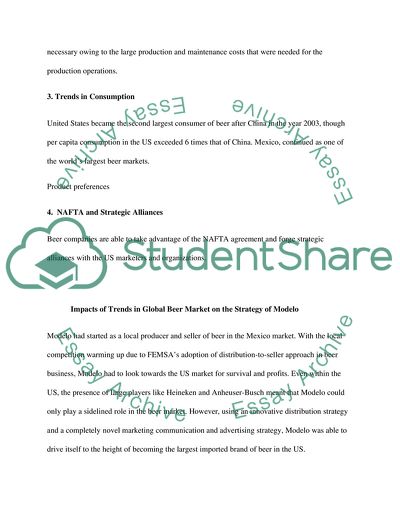Cite this document
(Trends in Global Beer Markets: Modelo Case Study - 2, n.d.)
Trends in Global Beer Markets: Modelo Case Study - 2. https://studentshare.org/marketing/1733459-foreign-market-entry-and-diversification
Trends in Global Beer Markets: Modelo Case Study - 2. https://studentshare.org/marketing/1733459-foreign-market-entry-and-diversification
(Trends in Global Beer Markets: Modelo Case Study - 2)
Trends in Global Beer Markets: Modelo Case Study - 2. https://studentshare.org/marketing/1733459-foreign-market-entry-and-diversification.
Trends in Global Beer Markets: Modelo Case Study - 2. https://studentshare.org/marketing/1733459-foreign-market-entry-and-diversification.
“Trends in Global Beer Markets: Modelo Case Study - 2”. https://studentshare.org/marketing/1733459-foreign-market-entry-and-diversification.


